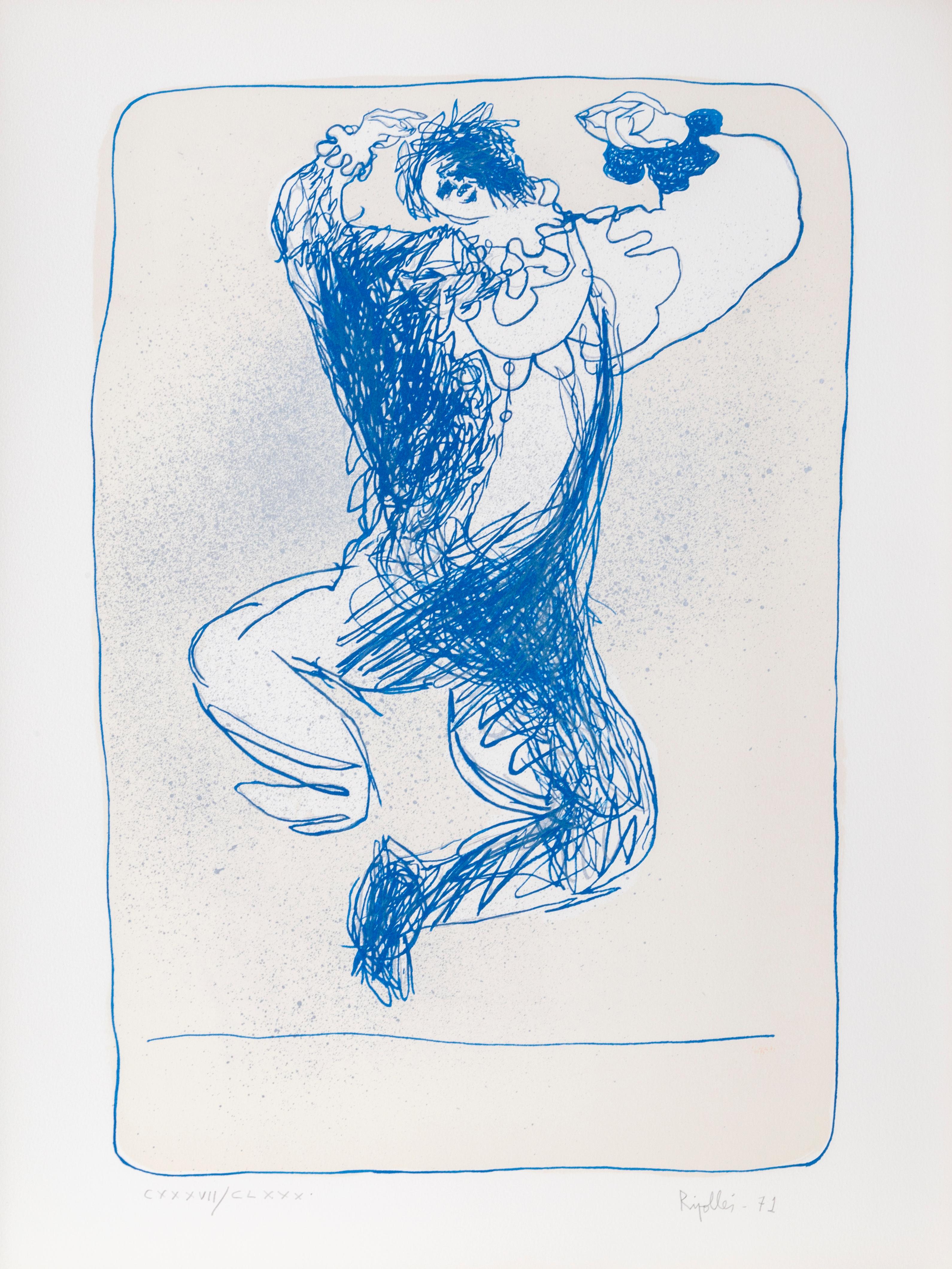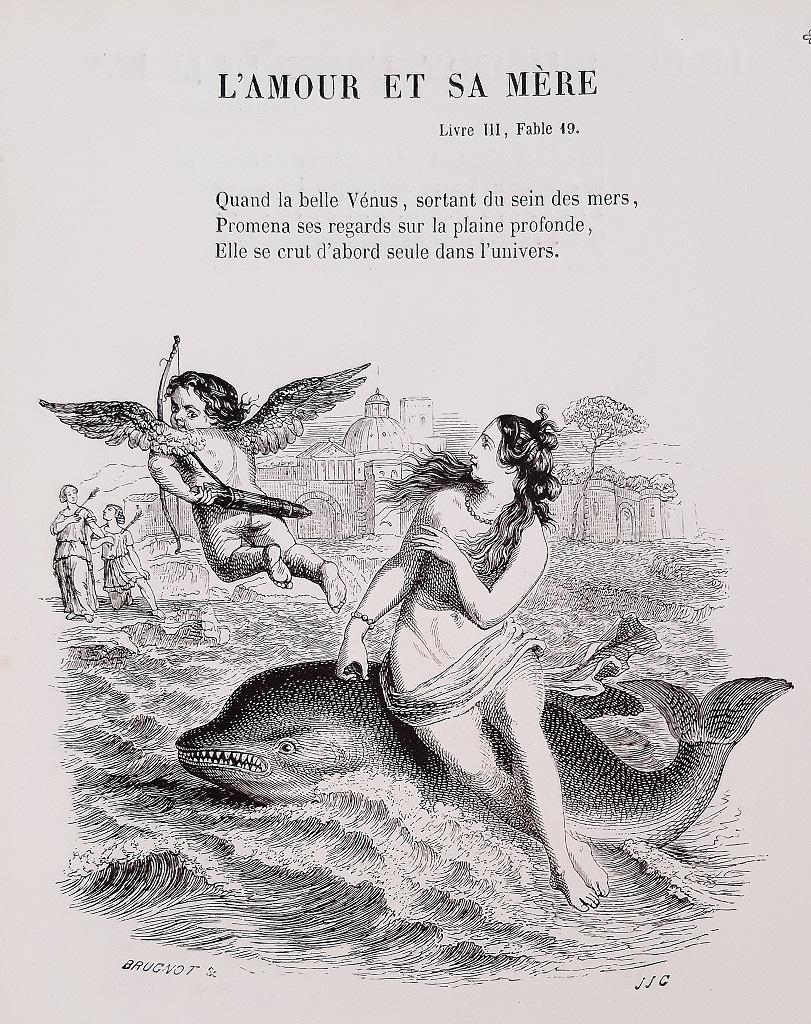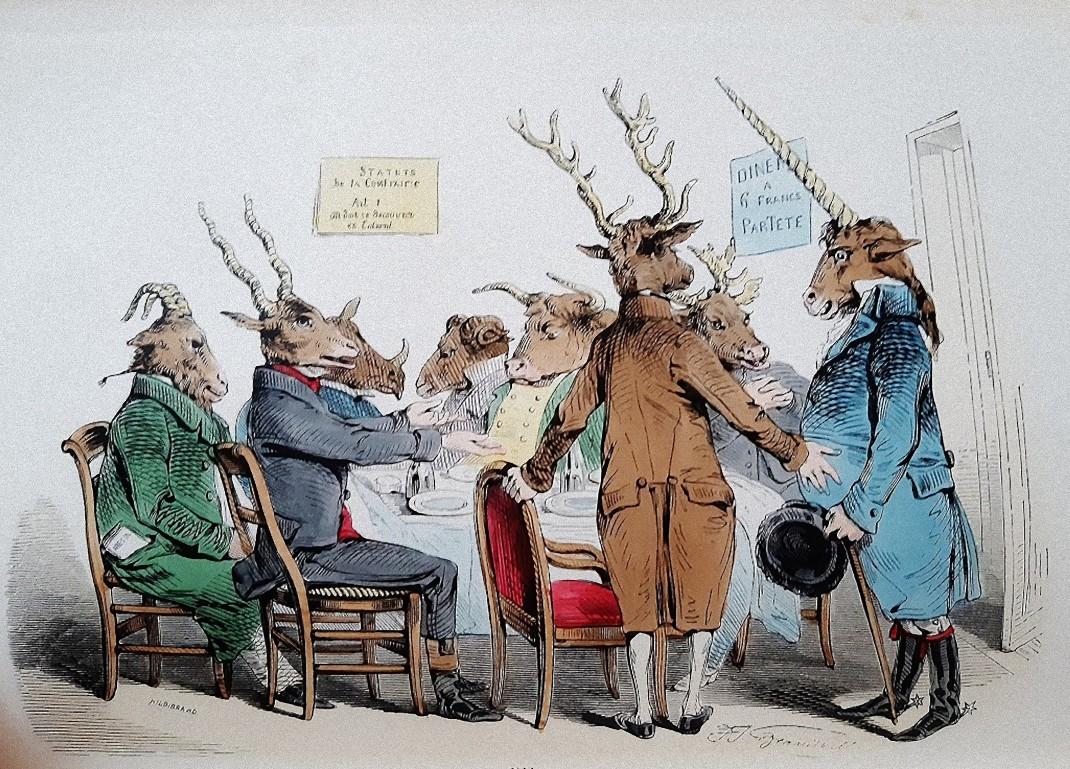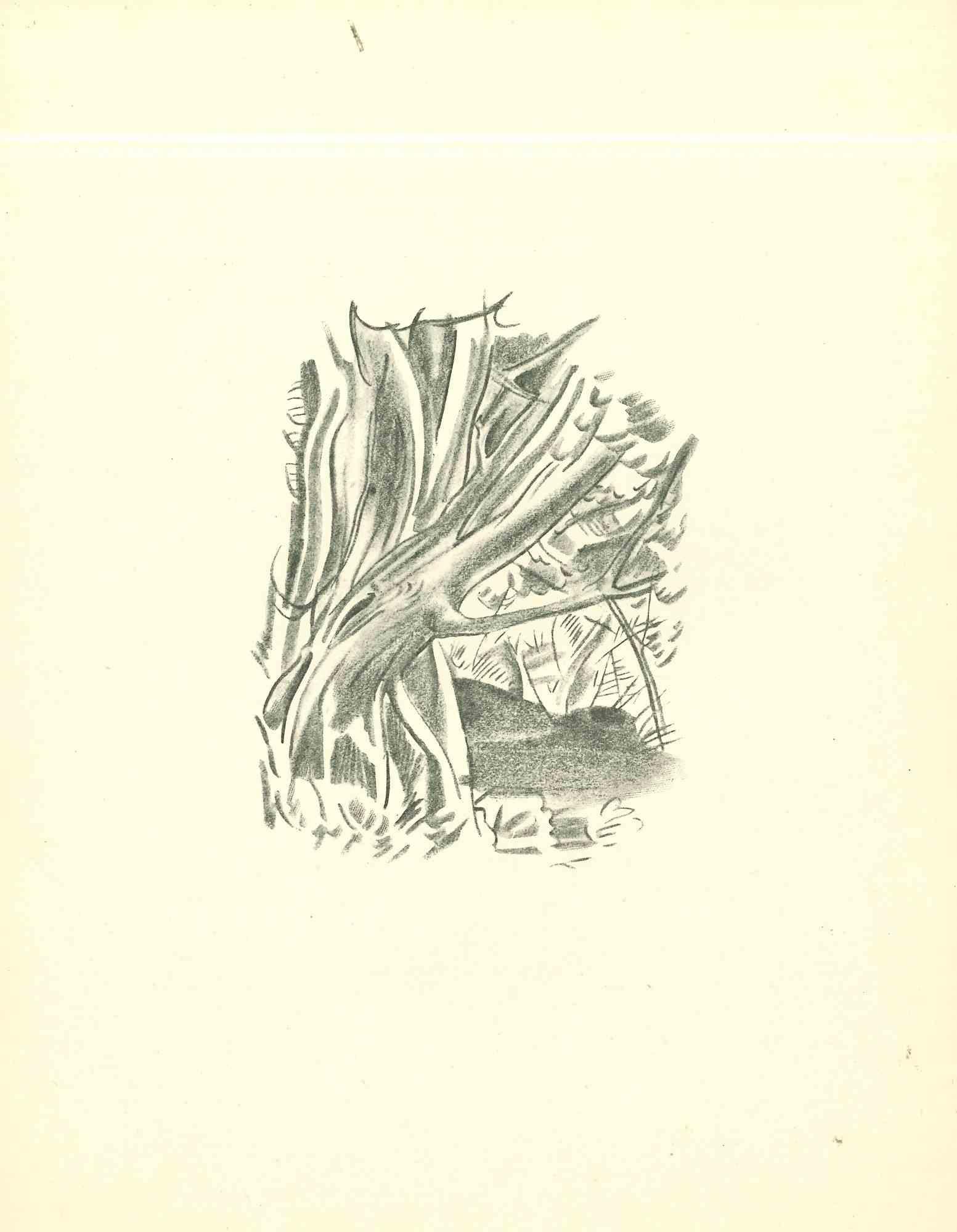William GropperWedding Dancer, Shtetl Series1960
1960
About the Item
- Creator:William Gropper (1897 - 1977, American)
- Creation Year:1960
- Dimensions:Height: 20.25 in (51.44 cm)Width: 16.25 in (41.28 cm)
- Medium:
- Movement & Style:
- Period:
- Condition:Measurements include frame.
- Gallery Location:Surfside, FL
- Reference Number:1stDibs: LU38211568812
William Gropper
William Gropper was a painter and cartoonist who, with caricature style, focused on social concerns. Gropper was born on December 3, 1897, in New York. William Gropper was a student of Robert Henri and George Bellows at the Ferrer School from 1912–15. During the 1930s, working as a part of the Federal Arts Project, he produced some of the most gripping social protest works of the Great Depression. His subjects included industrial strikes, especially in coal mining and steel-production centers. Gropper did much illustration-cartoon work for the New York Tribune newspaper, Vanity Fair magazine and the politically left-wing publication, New Masses. Some of his other pieces focused on the hypocrisy of government figures, especially members of the United States Senate. Gropper died on January 6, 1977, in Manhasset.
- ShippingRetrieving quote...Ships From: Surfside, FL
- Return PolicyA return for this item may be initiated within 3 days of delivery.
- Vintage Russian Ukrainian Soldiers in Forest Scene Judaica Lithograph Jewish ArtBy Anatoli Lvovich KaplanLocated in Surfside, FLPencil signed and dated, Russian Soviet Judaica Lithograph. Anatoli Lwowitch Kaplan was a Russian painter, sculptor and printmaker, whose works often reflect his Jewish origins. His...Category
Mid-20th Century Modern Figurative Prints
MaterialsLithograph
- Ohio Art Modern Americana Patriotic Lithograph American Flag Attentive PatriotsBy Sid ChafetzLocated in Surfside, FLSidney Chafetz Print Catalogue Raisonné. Columbus Museum of Art, Ohio. Medium: Lithograph. Print Image Size: 21 3/4 x 26 1/4 inches. Print Edition: 10. This is not signed or number...Category
1990s Modern Figurative Prints
MaterialsArchival Paper, Lithograph
- Columbus Ohio State Art Judaica Wedding Anniversary Lithograph Jewish AmericanaBy Sid ChafetzLocated in Surfside, FLSidney Chafetz Print Catalogue Raisonné. Columbus Museum of Art, Ohio. Variant Date: 1999. Medium: Lithograph. Print Image Size: 28 1/2 x 19 1/2 inches. Print Edition: no edition (with 1 artist's proof). Alternate Medium: Color lithograph. Ink(s): blue, yellow, black. Support: Rives wove paper. Gene and Irma Silverman, embracing on a sunny day in the park. Text at the bottom reads "Goddard Park, R.I., July, 1940. Irma Cohen and Gene Silverman. Married January 1941, parents of 3 children...Category
1990s Modern Figurative Prints
MaterialsArchival Paper, Lithograph
- Columbus Ohio State Judaica Lithograph Jewish Americana Family Reunion PortraitBy Sid ChafetzLocated in Surfside, FLOn deckle edged art paper. This is from a large collection of his pieces. This is not pencil signed and numbered. very small edition. Sid Chafetz (1922-) Born in Providence Rhod...Category
1990s Modern Figurative Prints
MaterialsArchival Paper, Lithograph
- Columbus Ohio State Judaica Lithograph Jewish Americana Family Reunion PortraitBy Sid ChafetzLocated in Surfside, FLOn deckle edged art paper. This is from a large collection of his pieces. This is not pencil signed and numbered. very small edition. Sid Chafetz (1922-) Born in Providence Rhod...Category
1990s Modern Figurative Prints
MaterialsArchival Paper, Lithograph
- Machpela Cave Chevron 1969 Israeli Judaica Lithograph Baruch Nachshon Chabad ArtBy Baruch NachshonLocated in Surfside, FLBaruch Nachshon, was born in Mandatory Palestine in 1939, in the city of Haifa. Nachshon began to paint in early childhood, and developed his relationship to art and to artists throu...Category
1960s Modern Interior Prints
MaterialsLithograph
- Le Magicien de Paris, Lithograph by Marc ChagallBy Marc ChagallLocated in Long Island City, NYLithographic reproduction executed by Charles Sorlier from a large original print, "The Magician of Paris", 1970 from the second printing of 3500 ...Category
1970s Modern Figurative Prints
MaterialsLithograph
- Harlequin Leaping, Lithograph by Juan Garcia RipollesBy Juan García RipollésLocated in Long Island City, NYArtist: Juan Garcia Ripolles (1932 - ) Title: Harlequin Leaping Date: 1971 Medium: Lithograph, signed and numbered in pencil Edition of E.A. XX (20) Size: 25.5 in. x 19 in. (64.77 cm...Category
1970s Modern Figurative Prints
MaterialsLithograph
- Subway Station, Architectural Etching by August MoscaBy August MoscaLocated in Long Island City, NYArtist: August Mosca (1905 - 2003) Title: Subway Station Medium: Lithograph, signed and numbered in pencil Edition: 1/20 Image Size: 14.5 x 16.5 inches...Category
20th Century American Modern Figurative Prints
MaterialsLithograph
- Florian traduit par Grandville - Rare Book Illustrated by J.J. Grandville - 1852By J. J. GrandvilleLocated in Roma, ITFlorian traduit par Grandville is an original modern rare book illustrated by Jean Jeacques Grandville (Nancy, 1803 – Vanves, 1847) in 1849. Original First Edition. Published by Pa...Category
1840s Modern Figurative Prints
MaterialsPaper, Watercolor, Lithograph
- Les Métamorphoses du Jour - Rare Book Illustrated by J. J. Grandville - 1869By J. J. GrandvilleLocated in Roma, ITLes Métamorphoses du Jour is an original modern rare book written by Various Authors and illustrated by Jean Jacques Grandville (Nancy, 1803 – ...Category
1860s Modern Figurative Prints
MaterialsPaper, Watercolor, Lithograph
- African Forest - Original Lithograph by Emmanuel Gondouin - 1930sLocated in Roma, ITAfrican Forest is an original lithograph realized in the early 1930s by Emmanuel Gondouin, (Versailles, 1883 - Parigi, 1934) The artwork is depicted through strong strokes and is ...Category
1930s Modern Figurative Prints
MaterialsLithograph






